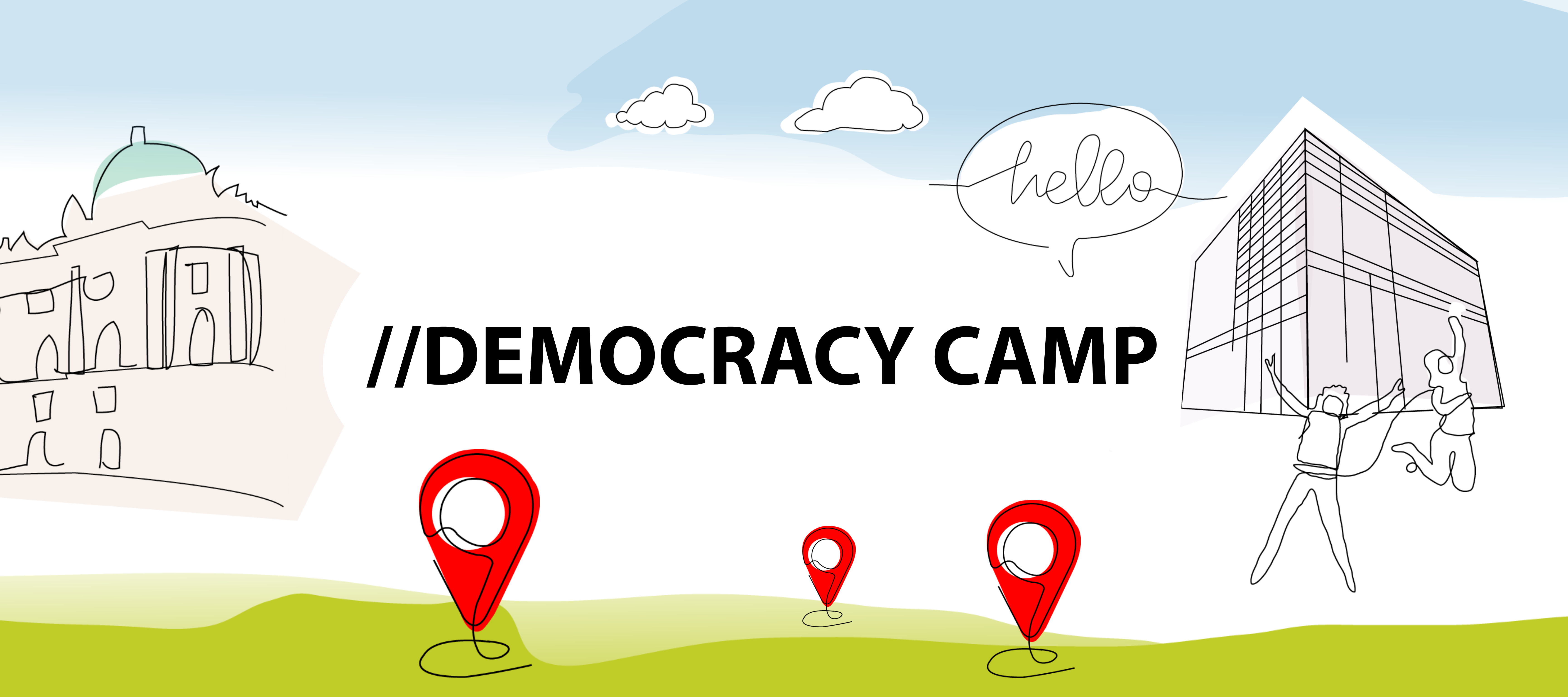Die Beteiligung der Jugend ist für die Zukunft der Demokratie von entscheidender Bedeutung. Wir bei Democracy International glauben, dass junge Menschen nicht nur die Führungskräfte von morgen sind – sie sind die Veränderer von heute. Auf der ganzen Welt fordern junge Menschen gerechtere, transparentere und integrativere politische Systeme. Wir sind hier, um diese Bemühungen zu unterstützen, zu bündeln und zu verstärken.
Durch europäische Demokratiecamps, globale Freiwilligendienste, lokale Advocacy-Schulungen und internationale Kampagnen schaffen wir Räume für junge Menschen, in denen sie demokratische Prinzipien erkunden, sich mit Gleichaltrigen über Grenzen hinweg austauschen und in ihren Gemeinden aktiv werden können. Von politischer Bildung und Wahlrechten bis hin zu nachhaltiger und direkter Beteiligung setzen wir uns für demokratische Innovationen unter der Führung junger Menschen ein.
Bereit zum Handeln? Nehmen Sie an unseren bevorstehenden Austauschprogrammen teil, teilen Sie Ihr Wissen mit anderen jungen Changemakern oder sammeln Sie praktische Erfahrungen durch unsere Praktika und Möglichkeiten zur langfristigen Freiwilligenarbeit. Egal, ob Sie Student, Aktivist, Jugendarbeiter oder einfach nur leidenschaftlicher Anhänger des demokratischen Wandels sind – Ihre Stimme zählt.
Unsere Aktivitäten
weltwärts-Freiwilligenprogramm

Durch den entwicklungspolitischen Freiwilligendienst weltwärts ’ (in Richtung Welt) können jedes Jahr zwei junge Südafrikaner zwischen 12 und 18 Monate als Vollzeit-Freiwillige bei Democracy International in Deutschland arbeiten. Während ihres Aufenthaltes in Deutschland erhalten sie zur Deckung ihrer Kosten ein monatliches Stipendium.
ASA-Qualifizierungsprogramm

Möchten Sie sich für eine weltweit nachhaltige Entwicklung einsetzen? Lust auf internationalen Austausch und Engagement? Teilnahme an der ASA-Qualifizierungsprogramm für Berufseinsteiger bietet Ihnen das alles. In einem sechsmonatigen Projekt arbeiten Sie gemeinsam mit drei weiteren Nachwuchskräften an Themen der nachhaltigen Entwicklung. Im Gegenzug erhalten Sie jedes Jahr eines von 280 Stipendien, die das Bundesministerium für wirtschaftliche Zusammenarbeit und Entwicklung fördert.
Das Europäische Solidaritätskorps

Tragen Sie zur Demokratie bei, wachsen Sie als Person und bewirken Sie einen Unterschied in Europa!
Democracy International bietet jungen Menschen die Möglichkeit, sich für 12 Monate ehrenamtlich bei uns zu engagieren Europäisches Solidaritätskorps (ESC) programm. Als ESC-Freiwilliger bist Du Teil unseres Jugendprogramm und sammeln Sie praktische Erfahrungen in der internationalen Demokratiearbeit.
Das Jugendcamp der Demokratie

Das Democracy Camp ist Ihr fünftägiger interkultureller Austausch über Demokratie, Medien, Inklusion und Europa – und die Zusammenhänge zwischen ihnen. Treten Sie unserer Gemeinschaft von 65 jungen Menschen im Alter von 16 bis 26 Jahren aus Deutschland, der Schweiz, Belgien, Frankreich, Bulgarien, Rumänien, Kroatien, Österreich und der Ukraine bei
Team
Abonnieren Sie unseren Newsletter
Abonnieren Sie unseren Newsletter
Unsere Einblicke in die Demokratie direkt in Ihren Posteingang


Unsere Themen
Wir glauben, dass Demokratie am besten funktioniert, wenn die Menschen direkt mitreden können.
Erfahren Sie, wie wir direkte Demokratie, Bürgerbeteiligung, Menschenrechte, Transparenz und das Engagement junger Menschen fördern. Unsere Arbeit verbindet Menschen und Politik – mit dem Ziel, offene, inklusive und faire demokratische Systeme zu stärken. Entdecken Sie alle unsere Schlüsselthemen und erfahren Sie, wie wir die Zukunft der Demokratie gestalten.

